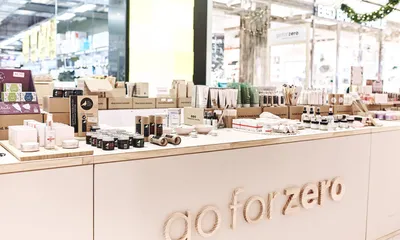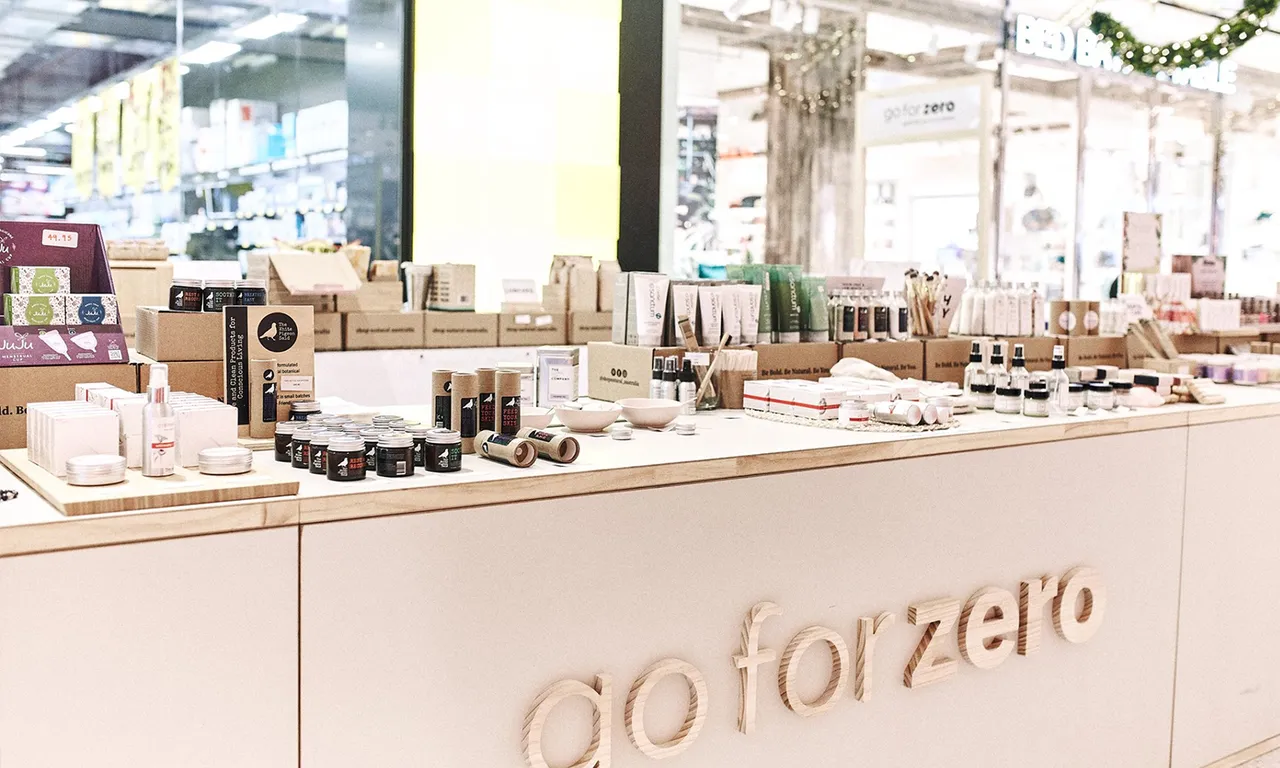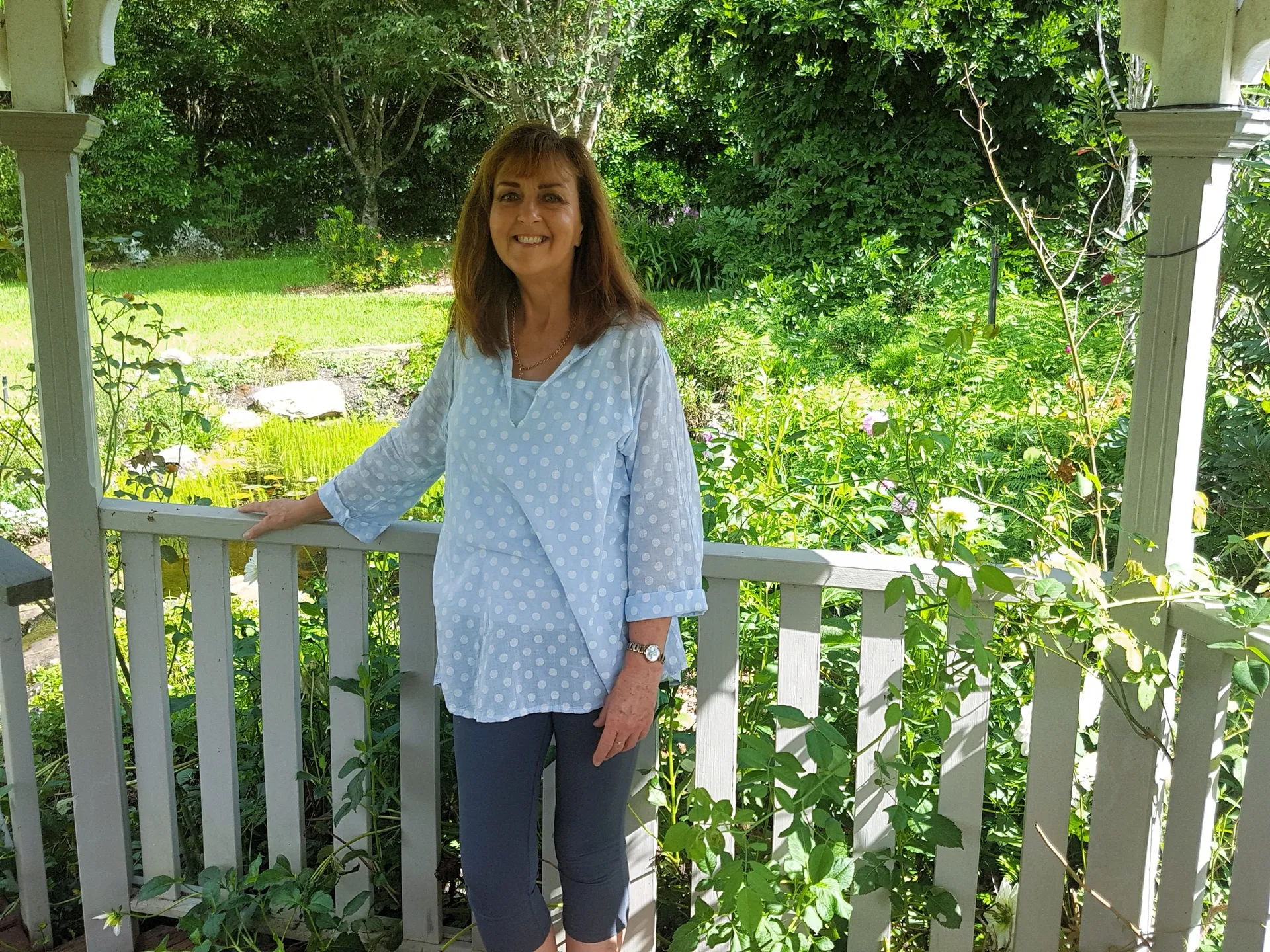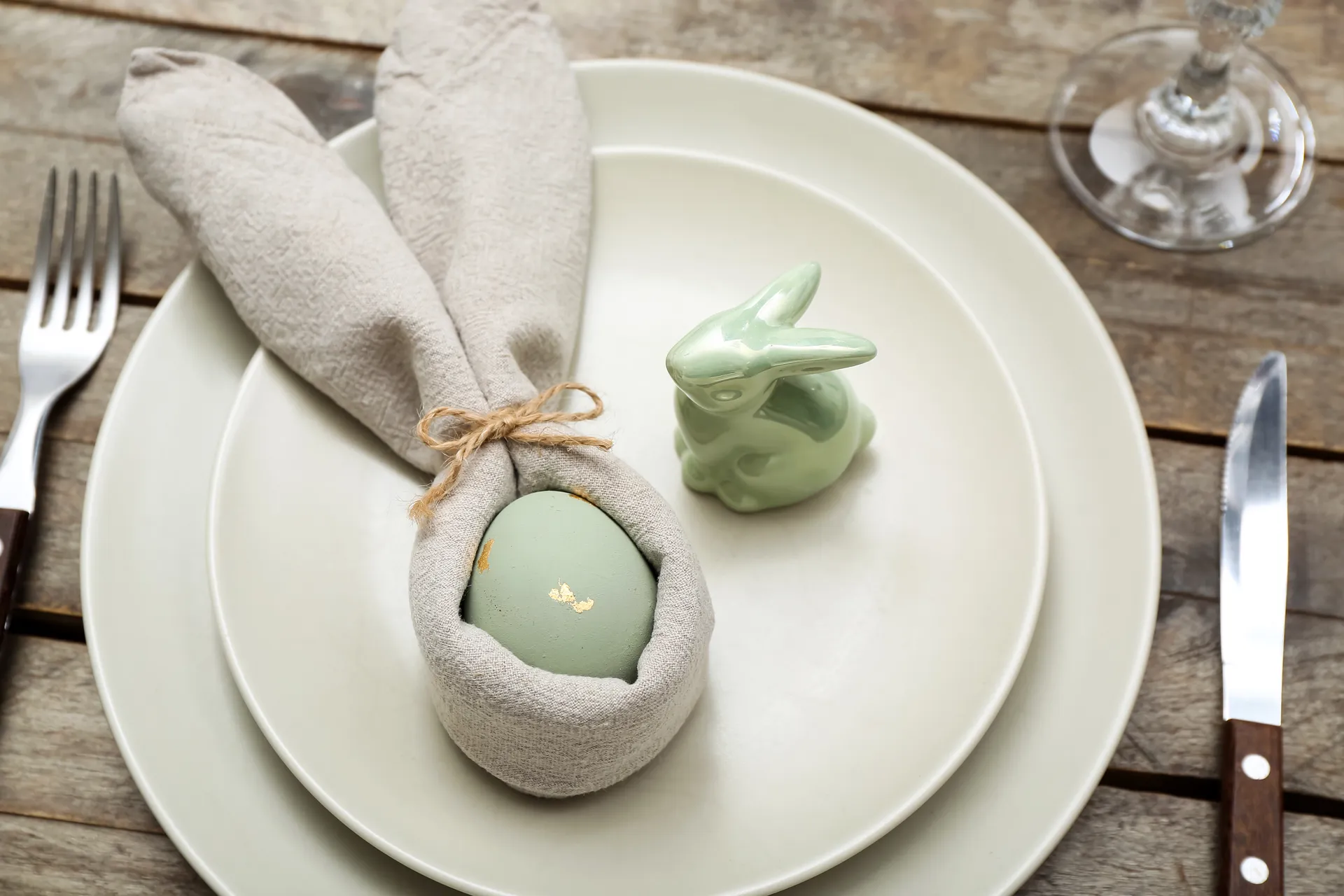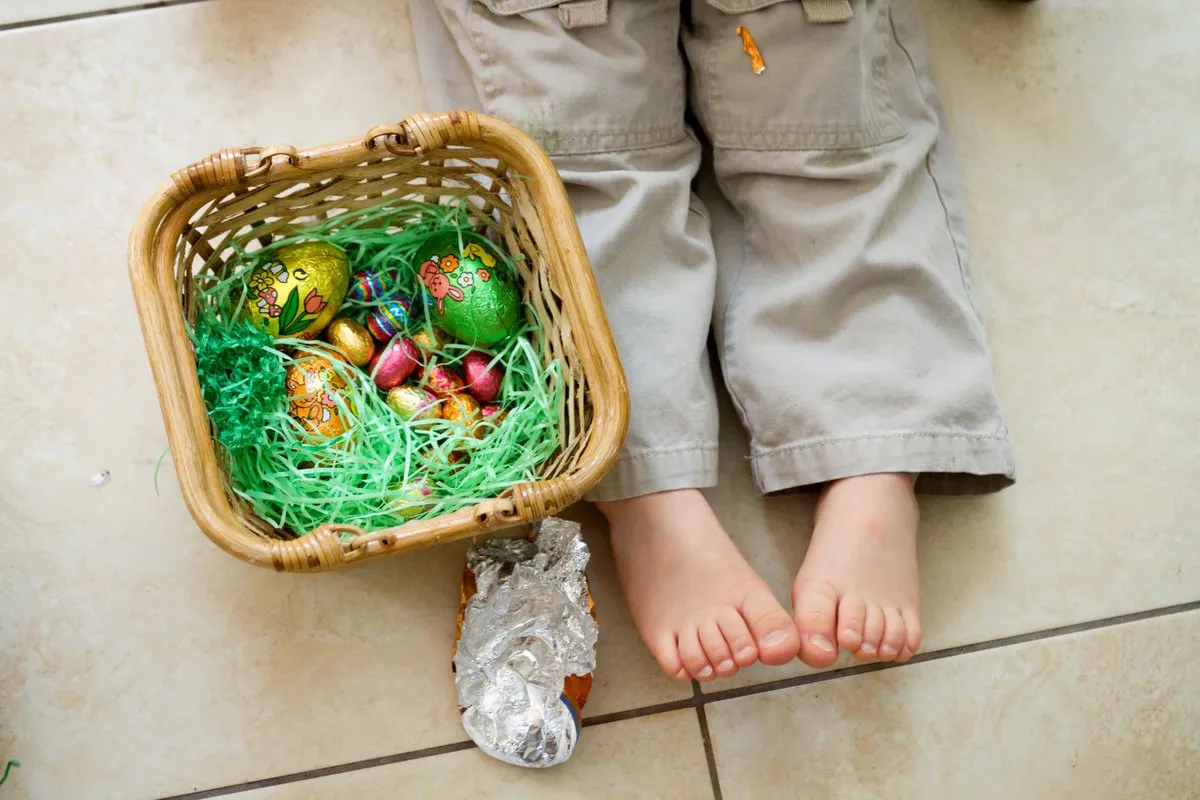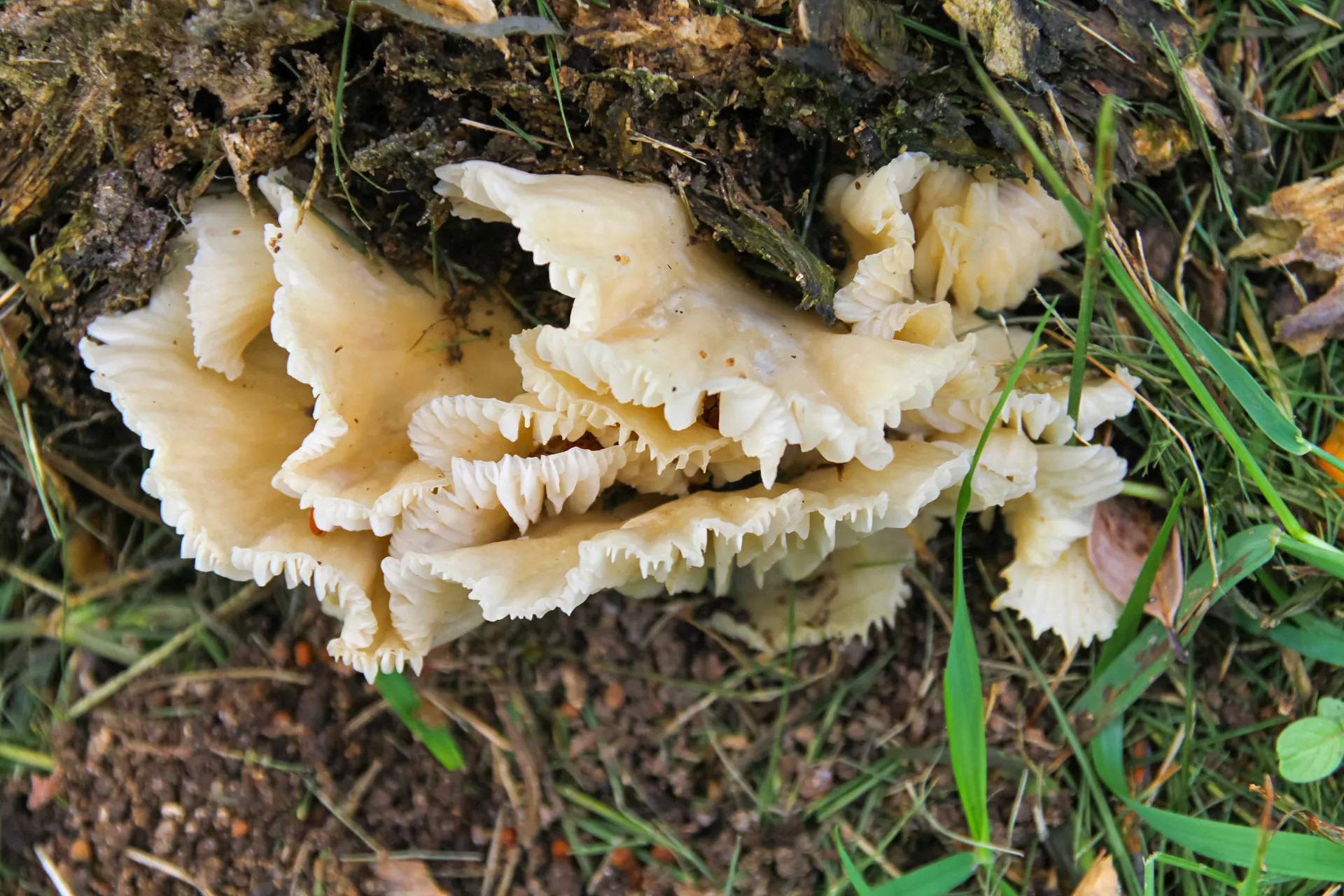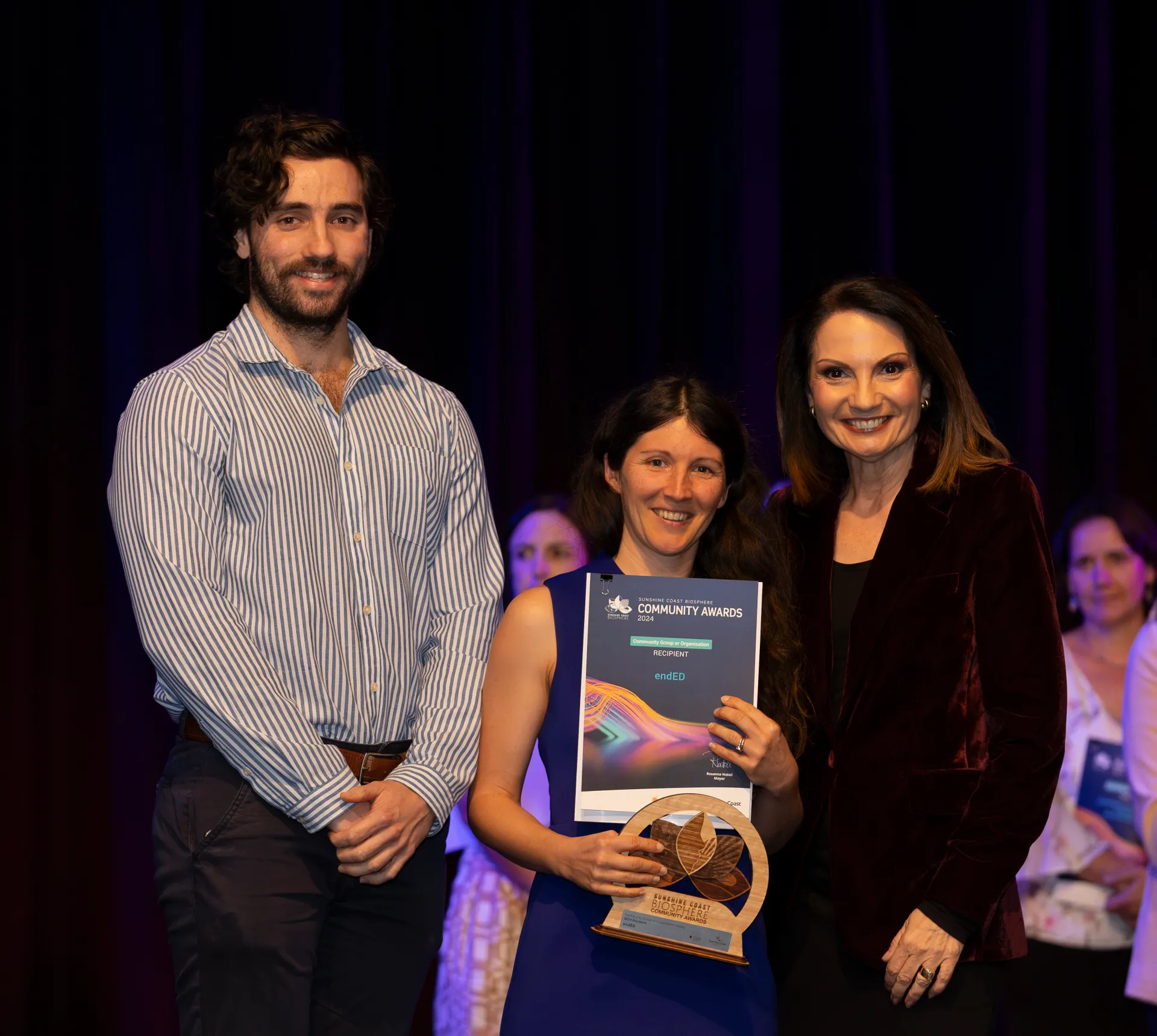14 tips for reducing plastic use in the kitchen
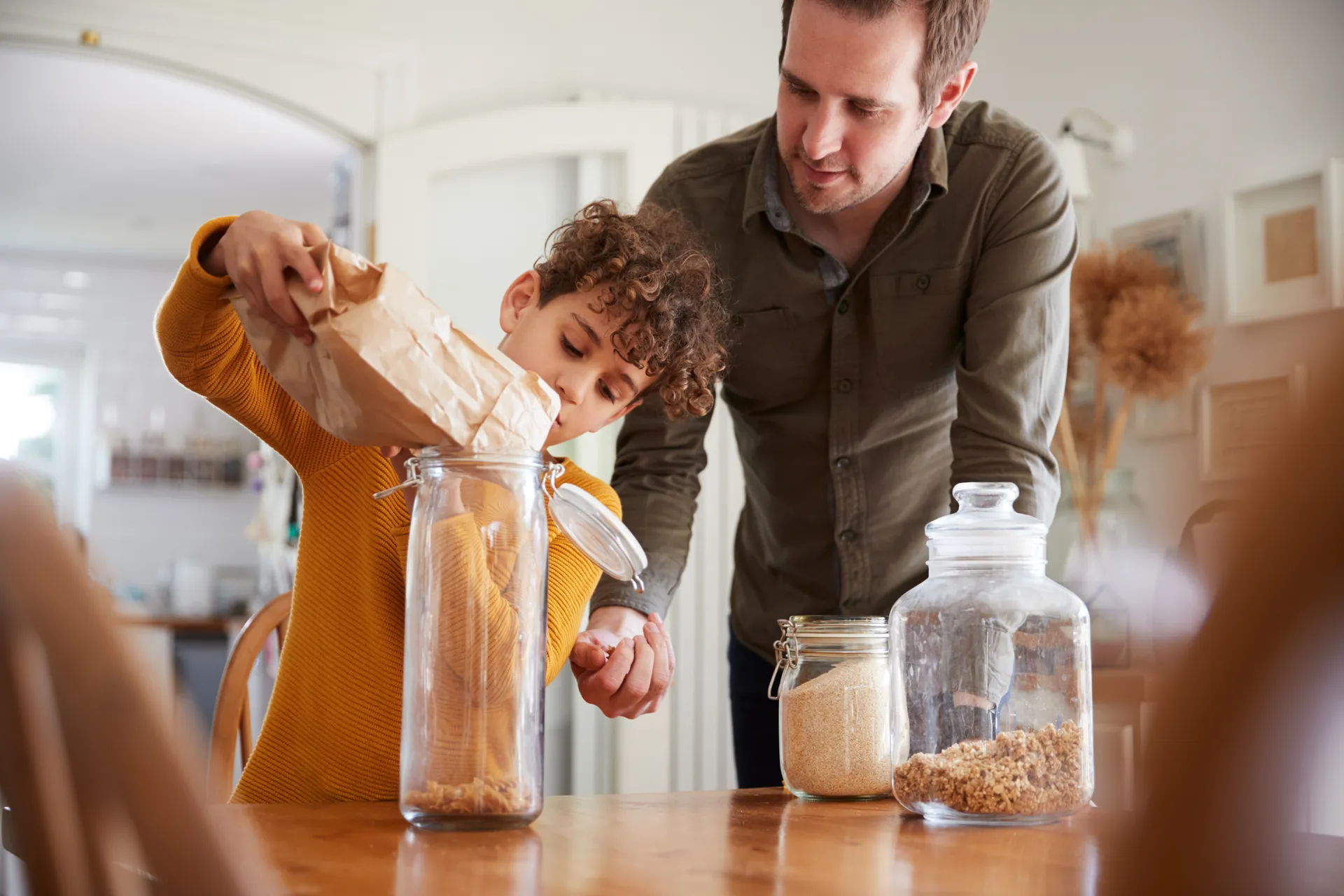
Plastic is convenient and using it has become a way of life for many of us, especially in the kitchen. It's so easy to reach for the plastic wrap when preparing lunches, or tear a bag from the roll to line a garbage bin. But cutting back on plastic use is actually really easy by making a few simple changes and swaps.
We recommend starting in the kitchen as it's generally the place where our plastic-using habits are most prolific. It's also where most plastic is brought in from outside the home.
The easiest way to get started is to focus on single-use plastics - where an item is used only once and then thrown away. Examples include plastic bags, plastic wrap, packaging and disposable coffee pods. Choose one single-use item, set a goal to find a reusable alternative (see below for ideas) and make that a habit before moving onto the next item.
Living Smart has collated 14 tips for reducing plastic use in the kitchen to get you started.
Living Smart's top tips for reducing plastic in the kitchen
1. Go for reusable where possible
Using reusable containers for leftovers is the most flexible, convenient and conventional way to reduce single-use plastic use in the kitchen. Instead of turning to plastic wrap to cover a bowl of food or a partially used vegetable, place it in a reusable container with a lid.
2. Choose reusable shopping bags
Limit the amount of plastic you bring into the kitchen by always taking reusable shopping bags when you shop. If you are always leaving your bags behind, we've got you covered with our creative ideas for remembering your reusable shopping bags.
3. Avoid excess packaging.
There's no better packaging than a banana skin, so avoid buying pre-packaged fruits and vegetables.
4. Invest in reusable produce bags
Buy reusable mesh bags for fruit and vegetables (try small laundry bags, reusable produce bags by Onya, or Ever Eco; or make your own). Perfect for use from store to fridge, they keep produce super fresh and can be washed in the washing machine ready for reuse. If you don't have reusable produce bags, ask for a box.

5. Glass for storage
Glass bottles such as jam and pasta sauce bottles can be washed out and reused for kitchen storage instead of plastic containers. They're ideal for storing leftovers in the fridge, or dried goods in the pantry.
Buy glass containers instead of plastic for storing pantry items such as pasta, biscuits and nuts. Glass containers are also perfect for fridge and freezer use.
6. Paper bags make a comeback
Instead of reaching for plastic wrap or zip locks when packing snacks such as nuts and crackers, use paper bags (or beeswax wraps - see number 1).
7. Buy in bulk
Where possible, buy food in bulk, either from the bulk containers in health food stores, or in large volumes from the supermarket. Decant into glass jars for convenience. If the items required are not available in bulk, consider the packaging options when choosing what to buy and go for reusable or recyclable packaging where possible (paper or glass instead of plastic).
8. It's a wrap!
Use cloth and beeswax wraps instead of plastic wrap for covering food in the fridge, wrapping partly used vegetables such as half an avocado and for packing snacks such as nuts and fruit. These are available from most health food stores and online from companies such as Bee Eco Wraps, or make your own! Check out our story on using beeswax wraps as an alternative to plastic wrap.
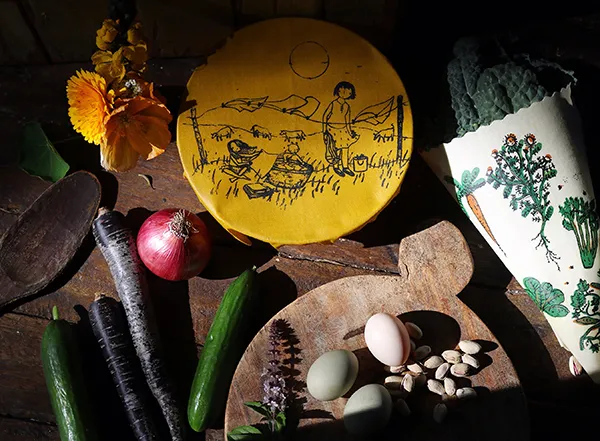
9. Wrap food scraps in newspaper
If you don't have a compost bin, use newspaper instead to wrap food scraps instead of plastic bags. It the perfect way to use up those free newspapers that are thrown on the front yard.
10. Use your own containers
Take your own containers to the deli and have your meat and deli items put straight into those instead of taking home in plastic bags.
11. Reuse plastics
Instead of throwing them out, or placing straight into the recycling bin, reuse plastic takeaway containers for storing leftovers and freezing portions of food. If you can't overcome your zip lock bag habit, try to rinse out and reuse several times before recycling via the REDcycle program.
12. In the microwave
Instead of using plastic wrap to cover food in the microwave, try using a plate or buy a reusable cover that can be washed.
13. About that coffee
Love your morning coffee? Ditch the single-use coffee pods for a traditional espresso machine or plunger.
14. BYO water bottle
With so many fantastic BYO water bottle options out there, it's easier than ever to avoid buying water in plastic bottles. Buy everyone in your family their own unique drink bottle and carry those every time you leave the house. Instead of buying single-use popper-type drinks for young children, try purchasing larger containers and decant into their BYO bottle for outings.
Don't forget about the REDcycle bins at your local supermarket for recycling soft plastics. If it's clean and "squishable" (such as pasta and rice packages, and plastic wrap), it's generally suitable for the REDcycle bins. Find out where to REDcycle.
